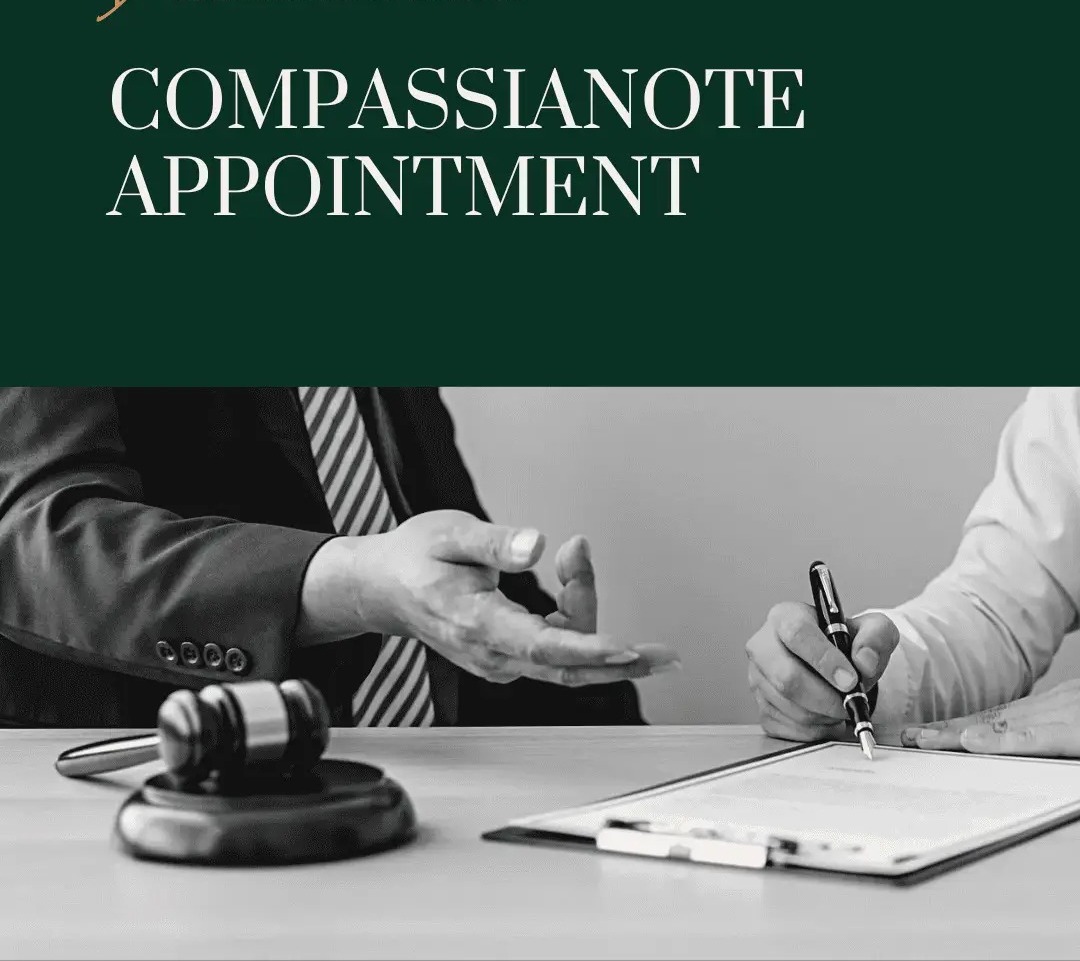G.S. Singhvi, J.@mdashIn compliance of order dt. 25th Aug., 1986, passed by this Court in ITC Nos. 35 and 50 of 1986, the Income Tax Appellate Tribunal, Chandigarh Bench, Chandigarh (for short, ''the Tribunal'') has referred the following questions of law for its opinion :
"1. Whether, on the facts and in the circumstances of the case, the Tribunal is right in holding that the gifts of Rs. 10,000 made on 29th March, 1980 to Smt. Chander Kala and of Rs. 15,000 to Smt. Tara Devi on 3rd March, 1981 were a part of the same transaction and a device to by-pass the provisions of Section 64(1)(vi) of the IT Act, 1961?
2. Whether, on the facts and in the circumstances of the case, the Tribunal is right in holding that the share income of Smt. Chander Kala (Smt. Tara Devi) from the firm M/s Verma Brothers Toka Store is includible in the income of Shri Om Dutt (Smt. Sushila Devi) under the provisions of Section 64(1)(vi) of the Act ?"
2. The assessees, namely, Shri Om Dutt and Smt. Sushila Devi are related to each other. Both of them were partners of the registered firm M/s Verma Brothers Toka Store, Sirsa. Sarvshri Kuldeep Singh, Dalip Singh and Surinder Singh were other partners of the firm. With effect from 1st April, 1981, Smt. Chander Kala (daughter-in-law of Shri Om Dutt) wife of Kuldeep Singh and Smt. Tara Devi (daughter-in-law of Smt. Sushila Devi) wife of Dalip Singh were inducted into partnership. Smt. Chander Kala invested a sum of Rs. 10,000 in the business of the firm on 20th April, 1981, which was received by her from Smt. Sushila Devi on 29th March, 1980 as a gift. Smt. Tara Devi also invested a sum of Rs. 10,000 (15,000) out of the gift of Rs. 15,000 received by her from Shri Om Dutt on 6th March, 1981. For the asst. yr. 1982-83, M/s Verma Brothers Toka Stores, Sirsa, filed return declaring a total income of Rs. 41,074, ITO, ''A'' Ward, Sirsa (hereinafter described as ''the AO''), after issuing notice to M/s Verma Brothers Toka Stores and considering the explanation furnished by Shri Om Dutt held that the gifts made by Smt. Sushila Devi and Om Dutt were a part of the same transaction and a device to by-pass the provisions of Section 64(1)(vi) of the IT Act, 1961 (for short, ''the Act'') and the same were liable to be included in the income of the assessees. The AAC allowed the appeals filed by Shri Om Dutt and Smt, Sushila Devi and quashed the orders passed by the AO, but his orders were reversed by the Tribunal which allowed the appeals filed by the Revenue. The relevant extract of order dt. 31st Jan., 1985 passed by the Tribunal is reproduced below :
"There are only two gifts involved in the transaction. Om Dutt has made a gift to the daughter-in-law of Smt. Sushila Devi and Smt. Sushila Devi has made a gift to the daughter-in-law of Om Dutt. These are undoubtedly cross-gifts by Om Dutt and Smt. Sushila Devi. Another issue raised is that there is a time-gap of about a year and, therefore, these could not be the part of the same transaction. In our opinion, on the facts of this case, it cannot be denied that the gifts were a part of the scheme. The ultimate object was that both the donees should become partners in the firm of M/s Verma Brothers Toka Store and they did become partners w.e.f. 1st April, 1981 and the capital invested was out of these gifts. It was, therefore, a well planned affair. To our mind, it appears that Shri Om Dutt gave a gift of higher value of Rs. 15,000 as he had given this gift about a year later than the gift made by Smt. Sushila Devi who had made the gift a year earlier. Taking into consideration the totality of the circumstances of the case, we are of the opinion that this is a case of indirect transfer of assets or money through cross-gifts and, therefore, the provisions of Section 64(1)(vi) have rightly been applied by the ITO and he has rightly clubbed the share income from the firm of the cross-donees in the income of their respective father-in-law and mother-in-law."
3. We have heard learned counsel for the parties. In
"That if two transfers were inter-connected and were parts of the same transaction in such a way that they could be said to have been adopted as a device to avoid the implications of Section 16(3)(a)(iii), the case would fall within the section even though one was not consideration for the other in the technical sense."
4. The ratio of the aforementioned judgment was applied by the Supreme Court in
"If two transfers are inter-connected and are parts of the same transaction in such a way that it can be said that the circuitous method was adopted as a device to evade the implications of Section 16(3)(a)(iii) of the IT Act, 1922, the case will fall within that section. The same considerations that are relevant in the application of Clause (iii) of Section 16(3)(a), are relevant in the application of Clause (iv)."
5. In
"The two transfers were so intimately connected that they had to be regarded as parts of a single transaction. The interest arising to the assessee''s wife and minor child was assessable in the hands of the assessee u/s 64(iii) & 64(iv)."
6. The same view was expressed by a Division Bench of Gujarat High Court in
7. By applying the ratio of the above noted judgments to the facts of this case and keeping in view the finding recorded by the AO and the Tribunal which, in our opinion, is a pure finding of fact, we hold that the transfers made by Smt. Sushila Devi in favour of Smt. Chander Kala and by Shri Om Dutt in favour of Smt. Tara Devi were part of the same transaction and a device to by-pass the provisions of Section 64(1)(vi) of the Act and the AO did not commit any illegality by declaring that the same was includible in the income of Shri Om Dutt and Smt. Sushila Devi. As a corollary to this, we hold that the Tribunal rightly reyersed the order passed by the AAC and restored the one passed by the AO.
8. In the result, the questions referred by the Tribunal are answered in favour of the Revenue and against the assessees.

